6 Must-See Sights on your Baltic Tour
categories: europe travelWhile the Baltic nations of Estonia, Latvia, and Lithuania may not seem like the premier travel destination for the discriminating traveler, nothing could be further from the truth. These former Soviet bloc countries are rich in history and both natural and architectural beauty, and veteran travelers the world over are discovering this region’s unique cultural flavor. With manor houses and castles dating back to the mid-fourteenth century or even earlier, this area combines the stark beauty of Eastern Europe with some of the most breathtaking and impressive art and architecture to be found anywhere on the planet. These six sites are among the most famous and spectacular in the region, making them “must-see” stops on your Baltic tour!
Turaida Castle, Sigulda, Latvia
This Brick Gothic masterpiece of medieval architecture was constructed under the aegis of Albert, Archbishop of Riga. Built atop the ruins of Caupo of Turaida’s castle, which was built of wood and later razed to the ground, this striking edifice was recently restored to its former glory. Featuring a commanding view of the forests and hills around Sigulda, Turaida Castle stands as an amazing monument to Eastern European ingenuity and architectural know-how.
Cesis Castle, Cesis, Latvia
Cesis Castle stands as a perfect example of what modern Westerners often think of when they hear the word “castle.” The original castle, known as Wenden Castle, began construction in 1237 CE as the residence of the German Master of Order. Over the next three centuries, fortifications to encircle the strategically important town of Cesis continued at a steady pace. The castle was attacked during the Livonian War (1558-1583). One of the most notorious actions of this war occurred when defenders in the west wing of the castle set off explosives, destroying the wing and themselves rather than submit to the rule of Ivan the Terrible. While much of the castle is in ruins, the reconstruction of the castle has been ongoing for around two centuries.
Tallinn City Wall, Tallinn, Estonia
This amazing fortification, originally consisting of forty-six named towers and nearly two and a half kilometers of walls, is not only an impressive example of medieval defensive thought 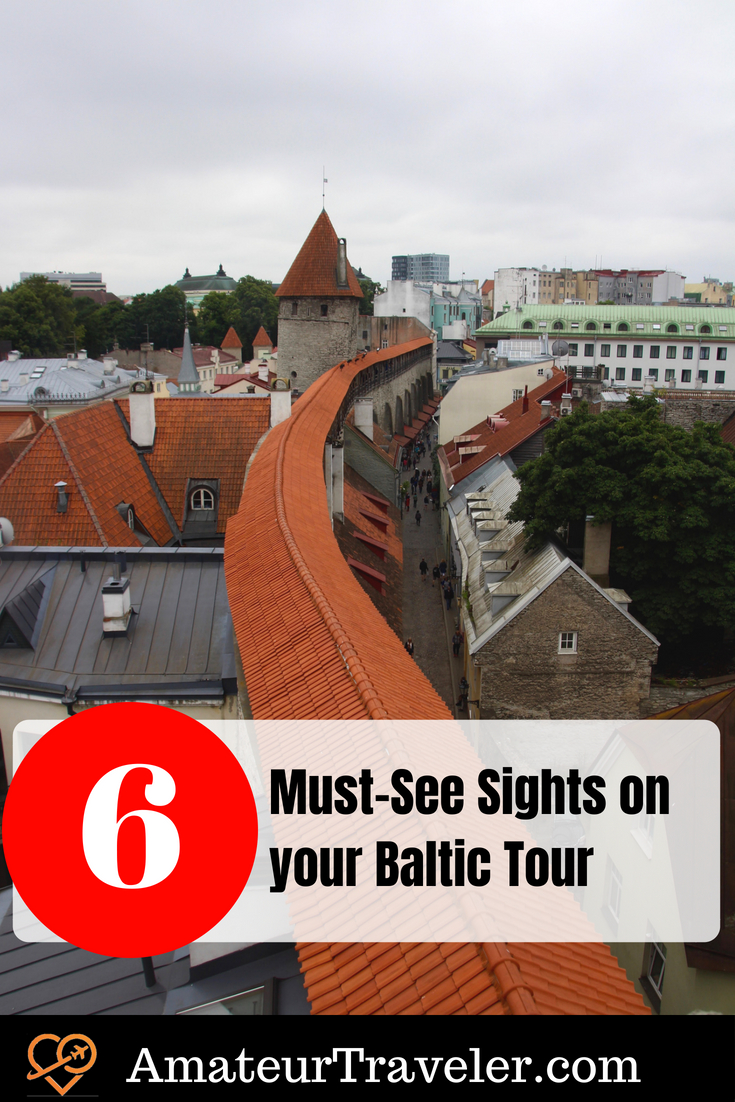
Tallinn City Hall
Amid the medieval splendor of Tallinn rises the new City Hall building, created in 2009 by the Bjarke Ingels Group, a Danish architectural firm. The soaring and airy modern design is intended to evoke the finest principles of democracy, including transparency and thus accountability of government to its people. As a monument to participatory government, the Tallinn City Hall is impressive, but as a feat of modern engineering in the Baltic, it is truly in a class by itself.
Lithuanian Art Museum, Vilnius, Lithuania
Built in 1933 to house and showcase the best of Lithuanian art from the medieval period to the modern-day, the Lithuanian Art Museum incorporates classic Greek design sensibilities but merges them with a modern European flair. The result is a building that is just as amazing for its exterior as the works of art that adorn its interior. Among the oldest pieces in the museum is a portrait of Stanislovas Sabina, a renowned official of Vilnius, created by N.A. Flensburgite in 1590. The museum was commissioned to preserve the Lithuanian national character and flavor for future generations and includes some of the most celebrated and controversial Lithuanian artists in its halls.
Vilnius Cathedral of Sts. Peter and Paul
This breathtaking cathedral dates as far back as Lithuanian Christianization and is the oldest church in the nation. Construction began under the rule of King Mindaugas, who was baptized along with his family in 1251. Although the cathedral has been destroyed and rebuilt several times during its history, with the current structure dating from the mid-1400s, historical documents indicate that the Cathedral of Vilnius has largely stayed true to the original scope, scale, and grandeur to which it was originally constructed. The catacombs beneath the cathedral are a treasure trove of Christian and Lithuanian history, and these catacombs are open to the public for tours. In addition to its status as a historical site, the Cathedral is also an important archaeological site whose many layers provide a fascinating glimpse into the techniques and methods of thirteenth-century masons, sculptors, and other artisans. The Cathedral of Vilnius continues to hold services and Latin Mass weekly, a testament to this magnificent building’s enduring importance to the Lithuanian people.
This article was supplied by www.baltictravelcompany.com

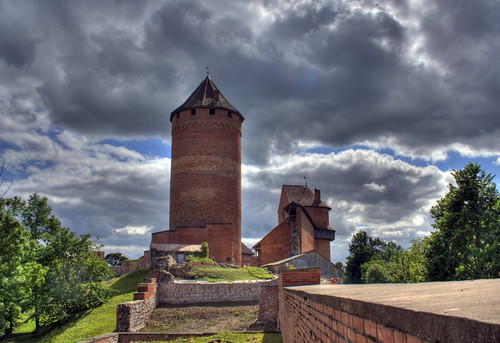
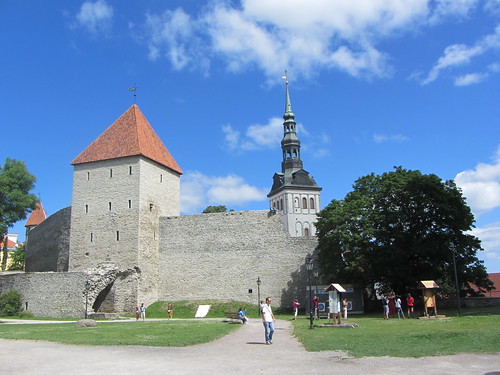
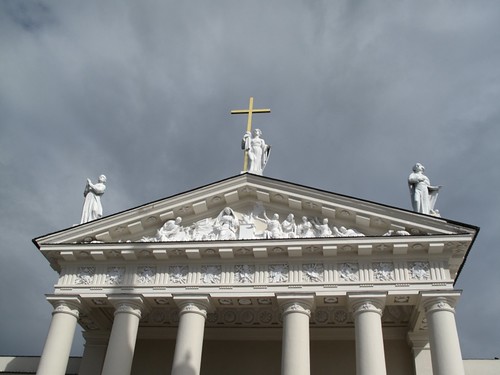
 Baltic Cruise with Viking Ocean – Episode 525
Baltic Cruise with Viking Ocean – Episode 525 Chocolate Quest in Tallinn, Estonia
Chocolate Quest in Tallinn, Estonia Rome Walking Tour – A VIP tour of the Roman Colosseum, Palatine Hill and Forum (Review)
Rome Walking Tour – A VIP tour of the Roman Colosseum, Palatine Hill and Forum (Review)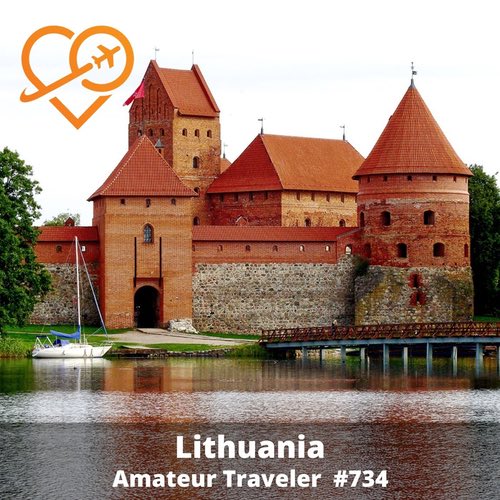 Travel to Lithuania – Episode 734
Travel to Lithuania – Episode 734

HTC Butterfly
Says:February 7th, 2013 at 7:46 pm
I really want to see the Turaida Castle, Sigulda, Latvia because it looks like one of the tower in Harry Potter movie. It is very classic and culture rich place and be considered as one of the most beautiful scenery in Baltic. http://www.backcountrynavigator.com/
Surya Bhattacharya
Says:November 13th, 2013 at 8:42 am
I’m 99% going to go Baltic-ing next month. Just need to find the flight going there (already have the return bookmarked). It’s been on my bucket list for ages. Bookmarked this!! THANKS!!